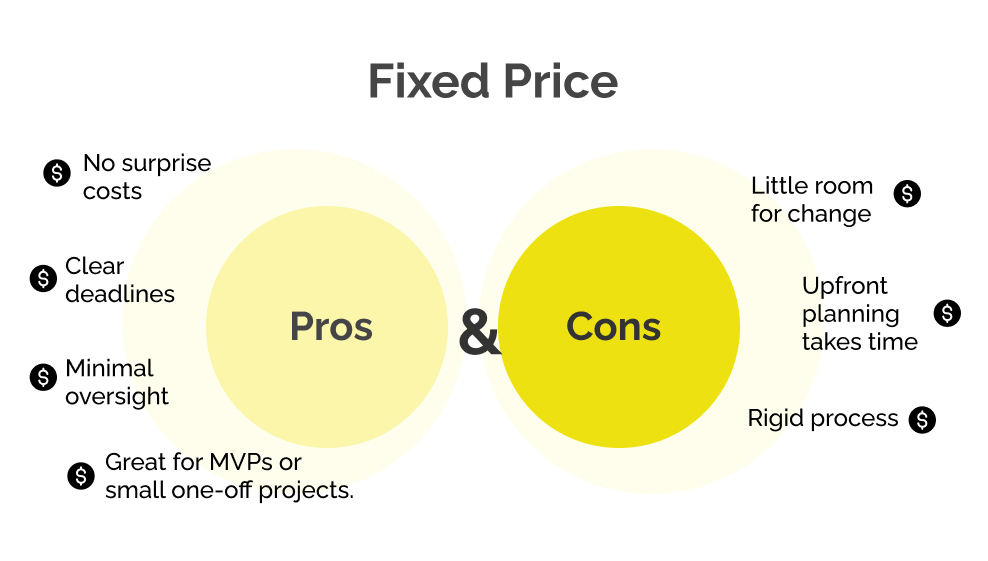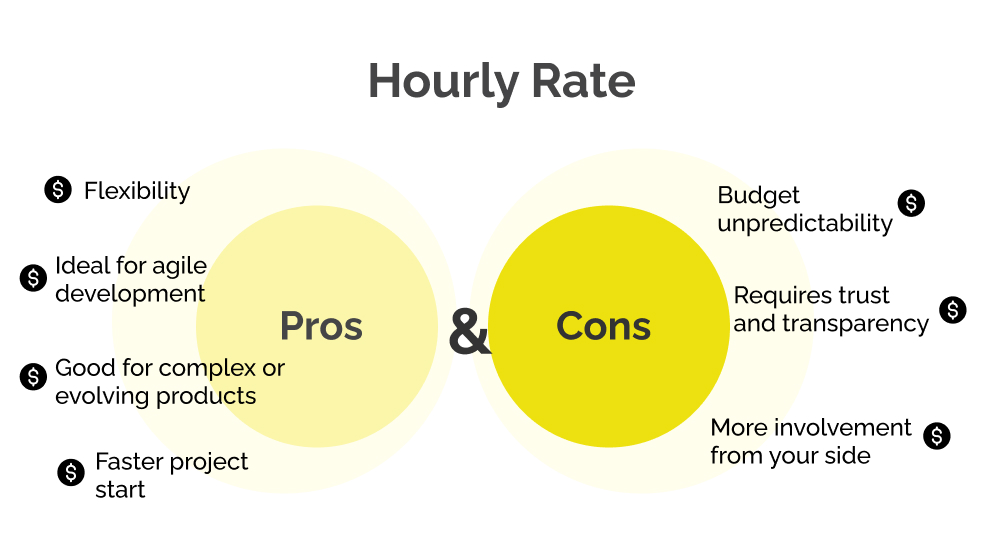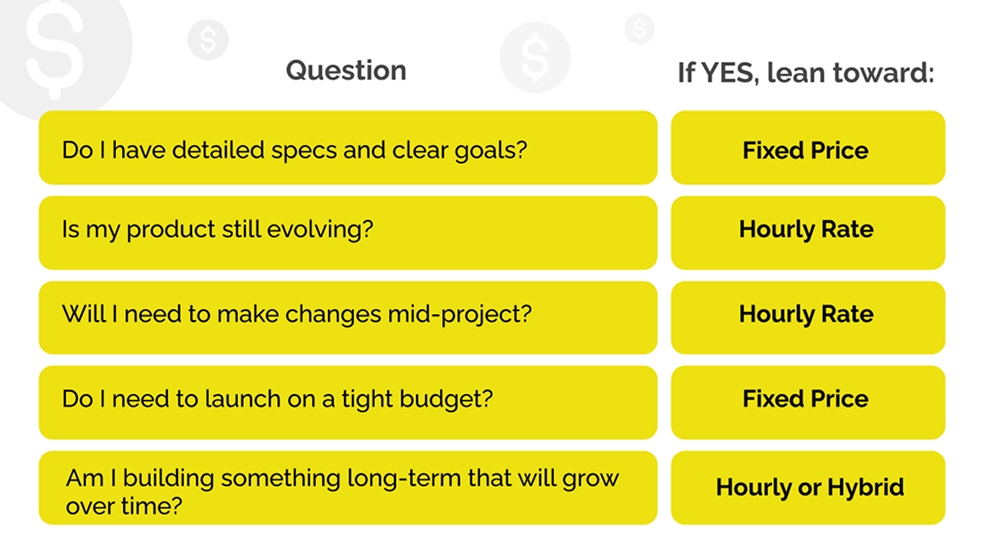Fixed Price vs. Hourly Rate: What’s Right for Your Project?
Which pricing model will save your budget and keep your project on track? Pick wrong, and you could pay twice.
14 August, 2025
Fixed Price vs. Hourly Rate: What’s Right for Your Project?
One of the first questions we get from potential clients isn’t about code, design, or tech stacks.
It’s this:
“Should we go with a fixed price or hourly rate?”
And it’s a great question.
Because how you structure the collaboration can seriously affect how smoothly your project runs (and how much it ends up costing).
At BandaPixels, we’ve completed over 100 projects for SMBs and growing companies. Designing MVPs, scaling SaaS platforms, and jumping in as tech partners, we’ve used both models, and here’s what we’ve learned:
It’s not about which one is better. It’s about which one fits your situation.
Let’s break it down.
What Is Fixed Price and When It Works
A fixed price contract means you agree on the full project cost before anything gets built. Everything – features, timeline, deliverables – is outlined from the start.
It’s a good fit if you like structure and need budget predictability. Think of it like ordering a set menu at a restaurant. You know exactly what you’re getting, how much it will cost, and when it will be delivered.
Best for:
- Projects with a very clear scope (you know exactly what you want)
- MVPs with a specific goal (e.g. to demo to investors)
- One-time deliverables (landing pages, admin panels, dashboards)
- Companies working with a fixed or limited budget
Keep in mind:
- There is little room for change. Adjustments can be costly and time-consuming
- You’ll need to invest time upfront for detailed documentation
- If your idea isn’t fully baked yet and market conditions change mid-development, you’re stuck with the original plan (unless you renegotiate).

The example from our experience:
One of our startup clients came to us with a validated app concept, clear wireframes, and technical specs. The goal was to build an MVP to show investors in under 6 weeks. We used a fixed price model, hit every milestone, and they secured their next round shortly after launch.
What Is Hourly Rate and When It Makes More Sense
Hourly pricing is exactly what it sounds like: you pay for the actual time the team spends on your project.
This model is all about flexibility.
It’s perfect when your product is still evolving or you want to build something iteratively.
Best for:
- Startups in discovery or validation phase
- Long-term collaborations where priorities may shift
- Projects that rely on constant feedback/testing/adjustments
- Building fast and adapting on the go
Things to watch out for:
- Final cost can vary depending on how the project evolves
- Requires ongoing communication and trust
- You’ll be more involved in day-to-day decisions
Hourly works best when both sides trust each other, communicate clearly, and want to build something better, not just deliver what’s on paper.

Another case from BandaPixels:
A SaaS client started with an idea but needed help shaping the product. We kicked off with a discovery sprint and moved into iterative development. Over 3 months, the platform evolved significantly based on live user testing. The hourly model allowed the flexibility to prioritize value over rigid scope.
Can You Mix Both?
Actually, this is how many of our projects go.
Start with a fixed price for the discovery phase, UX/UI design, or MVP development, where a clear goal exists. Then switch to hourly once we’re in continuous development mode or iterating based on real user feedback.
That way, you:
- Keep control of your budget early on
- Maintain the flexibility to improve and adapt later
- Avoid the pain of constant re-scoping
How to Decide? Ask Yourself These Questions
Here’s a simple way to figure out which pricing model fits you best:

Fixed price isn’t always cheaper. This trips people up a lot.
A fixed price feels cheaper upfront but if your scope isn’t 100% locked, you might end up paying for change requests, delays, or rework. Hourly lets you test, adapt, and tweak without that back-and-forth paperwork.
And when time = market advantage, the ability to move fast can be more valuable than budget certainty.
Still unsure? That’s okay. Even clients who come in with one model in mind sometimes switch halfway through and we help guide them when it happens.
How We Work at BandaPixels
We don’t force one model over the other. Here’s what we do:
- We listen first, understanding your goals and product complexity.
- We help you figure out what fits your stage, budget, and priorities.
- We’re upfront about trade-offs, no fluff, no sales-y pitch.
- We work in milestones and sprints, so you always see progress.
- Whether fixed or hourly, you get full transparency and control.
In short, we act like a tech partner, not just a dev shop.
Final Thoughts
Fixed price gives you structure and clarity.
Hourly gives you freedom and adaptability.
Both models can work beautifully if used in the right context.
What matters most is having the right team, communication, and mindset in place.If you’re not 100% sure which route to go, let’s talk.
We’ll help you map out your product journey, pick the right collaboration model, and get building.
Let's work together to make your project a success
Contact usLast News
Thank you!
We’ve received your contact request and will contact you soon
Something went wrong
We couldn’t receive your contact request. Please try again later.